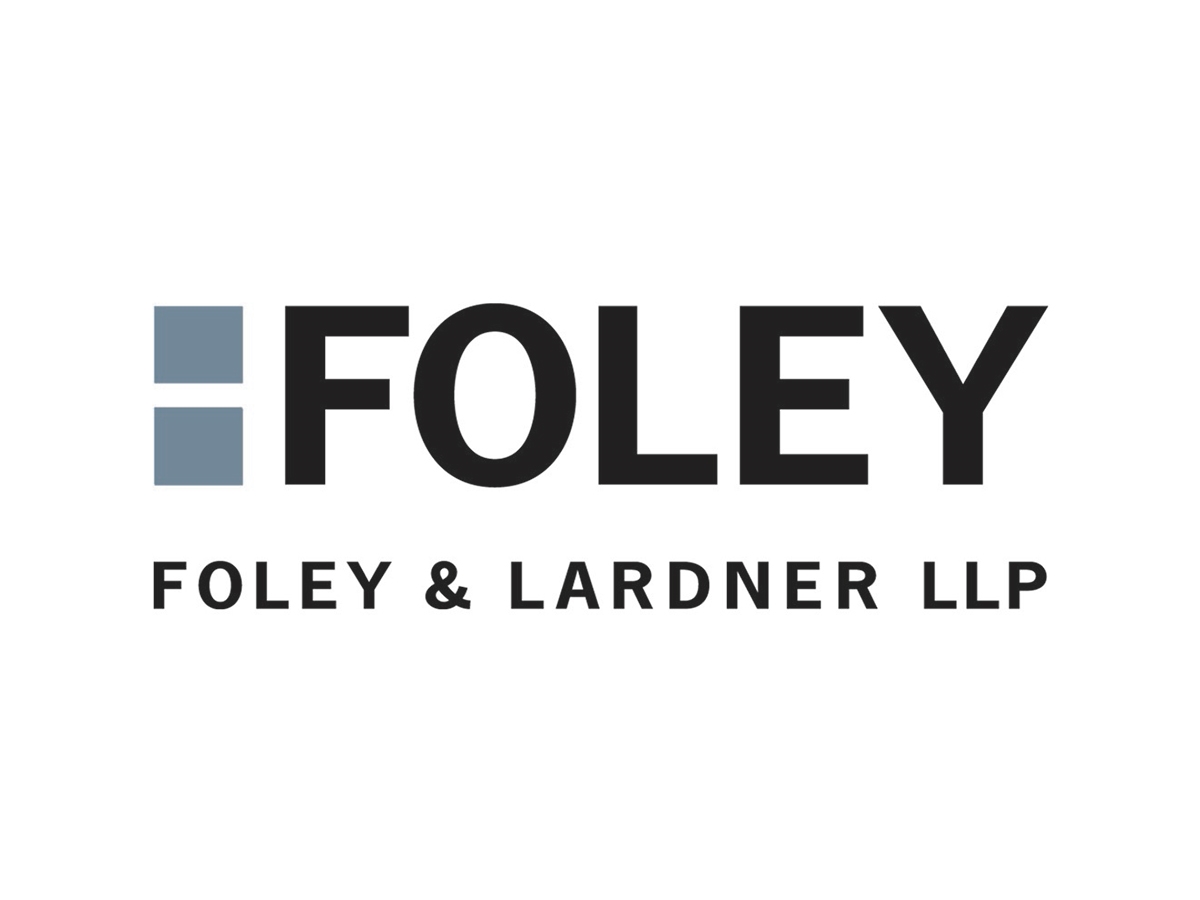Federal Court finds PMPRB reasonably concluded Galderma’s patent claiming 0.3% adapalene “pertained to” 0.1% adapalene DIFFERIN | Smart & Biggar
On January 11, 2024, the Federal Court released its decision concluding that the Patented Medicine Prices Review Board (PMPRB or Board) was reasonable in its redetermination that the invention of Patent No. 2,478,237 (the 237 patent)—claiming the use of 0.3% adapalene for the treatment of dermatological disorders—pertained to, or could be used for, Galderma’s 0.1% adapalene product DIFFERIN: Galderma Canada Inc v Canada (Attorney General), 2024 FC 46. The Board ordered Galderma to file prescribed sales information for DIFFERIN.
Background
Galderma markets two adapalene cream products: DIFFERIN (0.1% adapalene) and DIFFERIN XP (0.3% adapalene). In 2016, PMPRB staff alleged that Galderma had failed to provide information regarding DIFFERIN, pointing to the 237 patent. The Board concluded that the 237 patent pertained to DIFFERIN, noting “although 0.3% is mentioned in the abstract, it is not mentioned in the introductory paragraph or the title of the 237 patent and the patent does not, on its face, relate exclusively to a 0.3% concentration of adapalene.”
Galderma was successful in its application for judicial review of the Board’s decision. However, the Federal Court of Appeal (FCA) overturned that decision. The FCA determined that the invention of the 237 patent is the use of a 0.3% concentration of adapalene for the treatment of dermatological disorders, and remitted to the Board the question of whether the invention of the 237 patent pertained to DIFFERIN. The FCA directed that to determine whether the invention of the 237 patent pertained to DIFFERIN, as defined in subsection 79(2) of the Patent Act, the question is whether the invention of the 237 patent “is intended or capable of being used for” DIFFERIN. The FCA allowed the Board to consider what kind of clinical similarities would support such finding.
On redetermination, the Board concluded that the 237 patent is intended or capable of being used for DIFFERIN, and therefore “pertained to” DIFFERIN.
Federal Court holds Board’s “clinical similarities” analysis was reasonable
The Federal Court dismissed Galderma’s application for judicial review of the Board’s redetermination decision.
After reviewing the jurisprudence regarding the Board’s application of what “pertains to” means in subsection 79(2) of the Patent Act, the Federal Court stated the following principles:
“(a)While the relationship between a patented invention and an off-patent medicine may be tenuous, the fundamental question is whether the invention is intended or capable of being used for the medicine, not whether there is the merest slender thread of a connection.
(b)Where it appears that a patent confers exclusivity with respect to a portion of the market relating to the medicine being sold in Canada, there is a presumption that its mere existence confers market power by distorting the competitive process and competitors are dissuaded from entering the marketplace. There is no need for Board Staff to demonstrate actual market distortion, and no opportunity for a patentee to prove the contrary.
(c)The Board has neither the mandate, nor the necessary experience and expertise, to go beyond the face of a patent to construe the use claims before determining whether they correspond to the uses stipulated in the NOC for an off-patent medicine. A finding that, on its face, the patent is intended or capable of being used for the off-patent medicine is sufficient to establish the Board’s jurisdiction.”
Applying these principles to the Board’s redetermination decision, the Federal Court held that the Board reasonably found that the significant clinical similarities between DIFFERIN XP and DIFFERIN supported the conclusion that the 237 patent pertains to DIFFERIN, including as there was a “clear rational connection between the patented invention and the medicine”.
The Board found that “Differin and Differin XP use the same medicinal ingredient, are indicated for the same dermatological disorder and work in the same way” and therefore concluded that “Differin and Differin XP are the same medicine, albeit in different concentrations”. The Federal Court held this was reasonably supported by the evidence, which included a shared product monograph for the two products, that the invention of the 237 patent and DIFFERIN produced similar clinical effects, with comparable side effects, though experienced at different rates, and both were well-tolerated. While not interchangeable, the two medicines were prescribed for similar conditions and could be substituted for each other in some circumstances.
Galderma may appeal to the FCA as of right.
[View source.]






